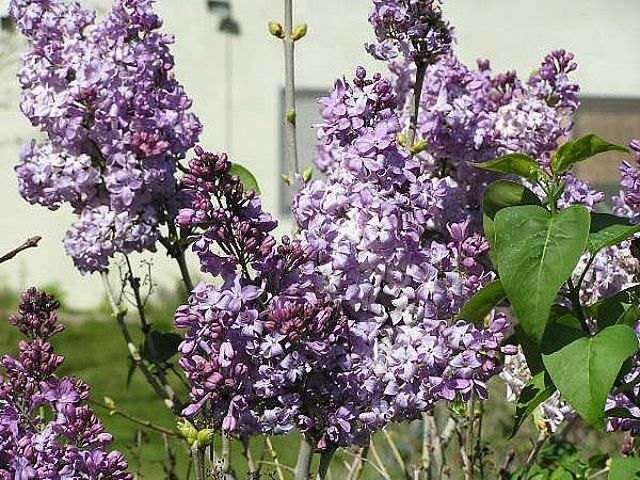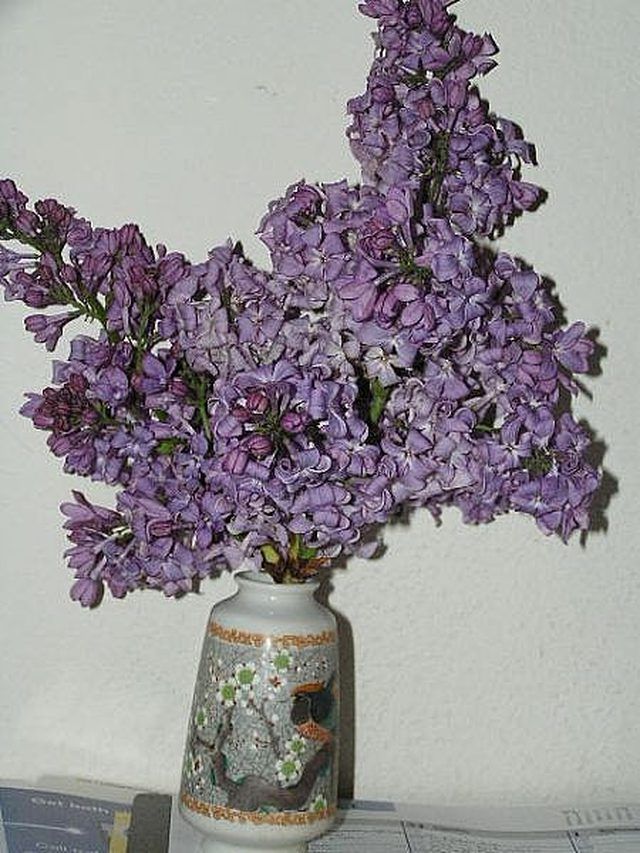Bulbs
Flower Basics
Flower Beds & Specialty Gardens
Flower Garden
Garden Furniture
Garden Gnomes
Garden Seeds
Garden Sheds
Garden Statues
Garden Tools & Supplies
Gardening Basics
Green & Organic
Groundcovers & Vines
Growing Annuals
Growing Basil
Growing Beans
Growing Berries
Growing Blueberries
Growing Cactus
Growing Corn
Growing Cotton
Growing Edibles
Growing Flowers
Growing Garlic
Growing Grapes
Growing Grass
Growing Herbs
Growing Jasmine
Growing Mint
Growing Mushrooms
Orchids
Growing Peanuts
Growing Perennials
Growing Plants
Growing Rosemary
Growing Roses
Growing Strawberries
Growing Sunflowers
Growing Thyme
Growing Tomatoes
Growing Tulips
Growing Vegetables
Herb Basics
Herb Garden
Indoor Growing
Landscaping Basics
Landscaping Patios
Landscaping Plants
Landscaping Shrubs
Landscaping Trees
Landscaping Walks & Pathways
Lawn Basics
Lawn Maintenance
Lawn Mowers
Lawn Ornaments
Lawn Planting
Lawn Tools
Outdoor Growing
Overall Landscape Planning
Pests, Weeds & Problems
Plant Basics
Rock Garden
Rose Garden
Shrubs
Soil
Specialty Gardens
Trees
Vegetable Garden
Yard Maintenance
How to Grow Lilacs in a Warm Climate
How to Grow Lilacs in a Warm Climate. Lilacs are not only beautiful, but they have been grown for their lovely perfume for centuries. They populate gardens across the country and are a favorite flower for many. If you live where winter temperatures do not get cold, you may think you can't grow lilacs. The good news is that there are varieties...

Lilacs are not only beautiful, but they have been grown for their lovely perfume for centuries. They populate gardens across the country and are a favorite flower for many. If you live where winter temperatures do not get cold, you may think you can't grow lilacs. The good news is that there are varieties that are bred especially for warmer climates. Here is some information on how to grow lilacs in a warm climate.
First you need to consider how cold your winter temperatures are. If your winters offer at least an occasional hard freeze, the standard lilac (syringa vulgaris) or many of the other cool-climate varieties (zones 3 - 7) will probably grow well for you. If you live where frosts are mild or non-existent you might want to try one of the special cultivars of lilac developed for a warm climate.
Warmer climates can benefit from some of the special hot-summer varieties bred by the Descanso experts a little over a half century ago. The Descanso Gardens in La Canada Flintridge, CA (Los Angeles) has a wonderful garden devoted solely to these hybrids. Some of these lilacs do lose a little of the strong scent for which lilacs are famous, but others still smell great. And they can handle the warmer climates from Southern California across to some parts of Florida. Consider 'Angel White,' 'Blue Skies,' 'Blue Boy', 'Dark Night', 'Chiffon', 'California Rose' or 'Lavender Lady.' Most of these hybrid lilacs grow about 6' - 12' tall as compared to the cooler-climate lilacs, some of which can reach tree size at 20' or more.
Good drainage, sun, neutral to slightly alkaline soil will keep them happy. Lilacs all bloom on second year growth so cut them back right after flowering (if you're going to prune them at all) to allow growth for next year's blooms. If plants grow too big, snip off interior branches a few at a time over the years so plenty of new growth shoots remain to offer flowers the following year. Do not over-water these hybrid lilacs.
All lilacs have a rather short blooming period. Try using different varieties in your garden to extend the blooming season.
In the springtime your lilacs will put on a colorful show. Don't forget to cut the flowers to bring indoors. The heady perfume will bring spring freshness into your home to compliment the big, colorful panicles of bloom.

For more information on lilacs in general and how to grow lilacs in a warm climate, see the links in the Resources below.